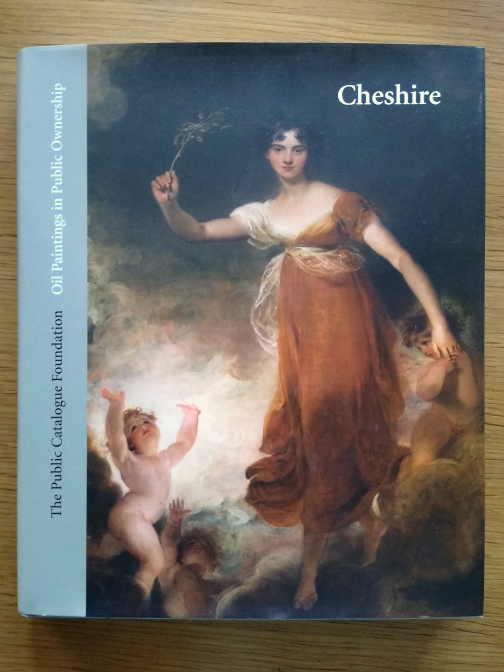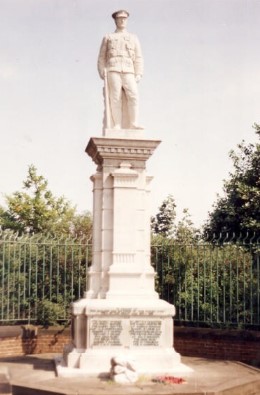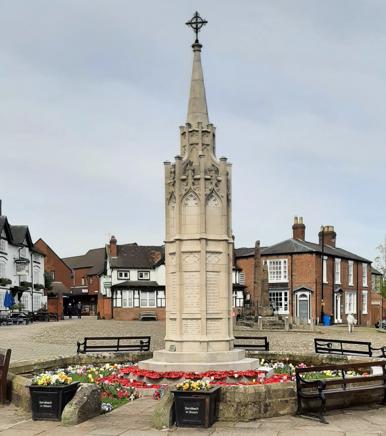13 September 2022
The proclamation for King Charles III was delivered by the Mayor of Cheshire East, Councillor David Marren at the council’s offices in Sandbach on Sunday and attended by more than 200 people.
Many members of the public joined the mayor, the vice-lord lieutenant of the county and civic leaders, to take part in the ceremony at Westfields, which included the singing of the National Anthem.
The proclamation concluded with the words ‘God Save The King’ – repeated loudly by all those present.
The ceremony was introduced by the Vice-Lord Lieutenant of Cheshire, Joëlle Warren, MBE DL. It concluded with a short service of thanksgiving and prayers for the late Queen and the new monarch, King Charles III, led by the Archdeacon of Macclesfield, the Venerable Ian Bishop.
The Mayor of Cheshire East, Councillor Marren said afterwards: “I want to express my sincere thanks to all those people who attended on this Sunday afternoon for this very important event.
“From a personal point of view, I can only say that my own feelings were of deep sadness but also of celebration, as we marked the beginning of a new era in the history of our country. It was a privilege to lead this moving ceremony for the people of Cheshire East.”
Among those attending were the council leader and deputy leader, Councillors Sam Corcoran and Craig Browne, leaders of other political groups, mayors from other towns in the borough, senior police officers and representatives of the military.
Chairs from many parish councils also attended and afterwards delivered the proclamation in their own parishes.
There were also many members of the public, including parents with young children, who came along to witness the historic event.
Following the proclamation, Union flags on council buildings have returned to half-mast for the period of national mourning for Her Majesty the late Queen Elizabeth II.
In the evening, St Mary’s Church, in Nantwich hosted a full civic service to pay tribute to the late Queen and to mark the accession of the new King. The service was led by the vicar, the Reverend Mark Hart and attended by the Bishops of Chester and Stockport, the Lord Lieutenant of Cheshire, Lady Alexis Redmond, the mayor of the borough, Cllr Marren, and many other civic dignitaries.
Hundreds of people have already signed condolence books in council offices and churches around the borough and left their own personal messages of remembrance of Queen Elizabeth on the council’s special web page
Well-wishers laying flowers at council offices and churches are asked to remove any cellophane wrapping and not to leave any other objects.
The King has declared that next Monday – the day of the Queen’s funeral – will be a national bank holiday, meaning that a number of council services, with the exception of essential services, will be suspended, schools and libraries will be closed. The council will issue further information in due course.





